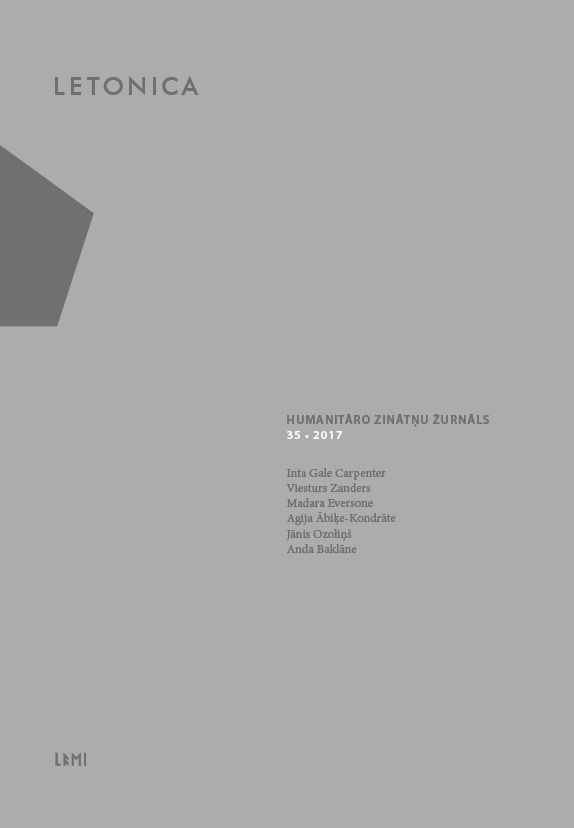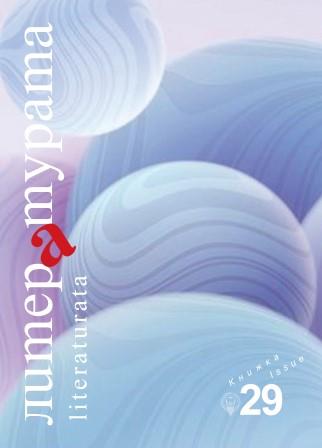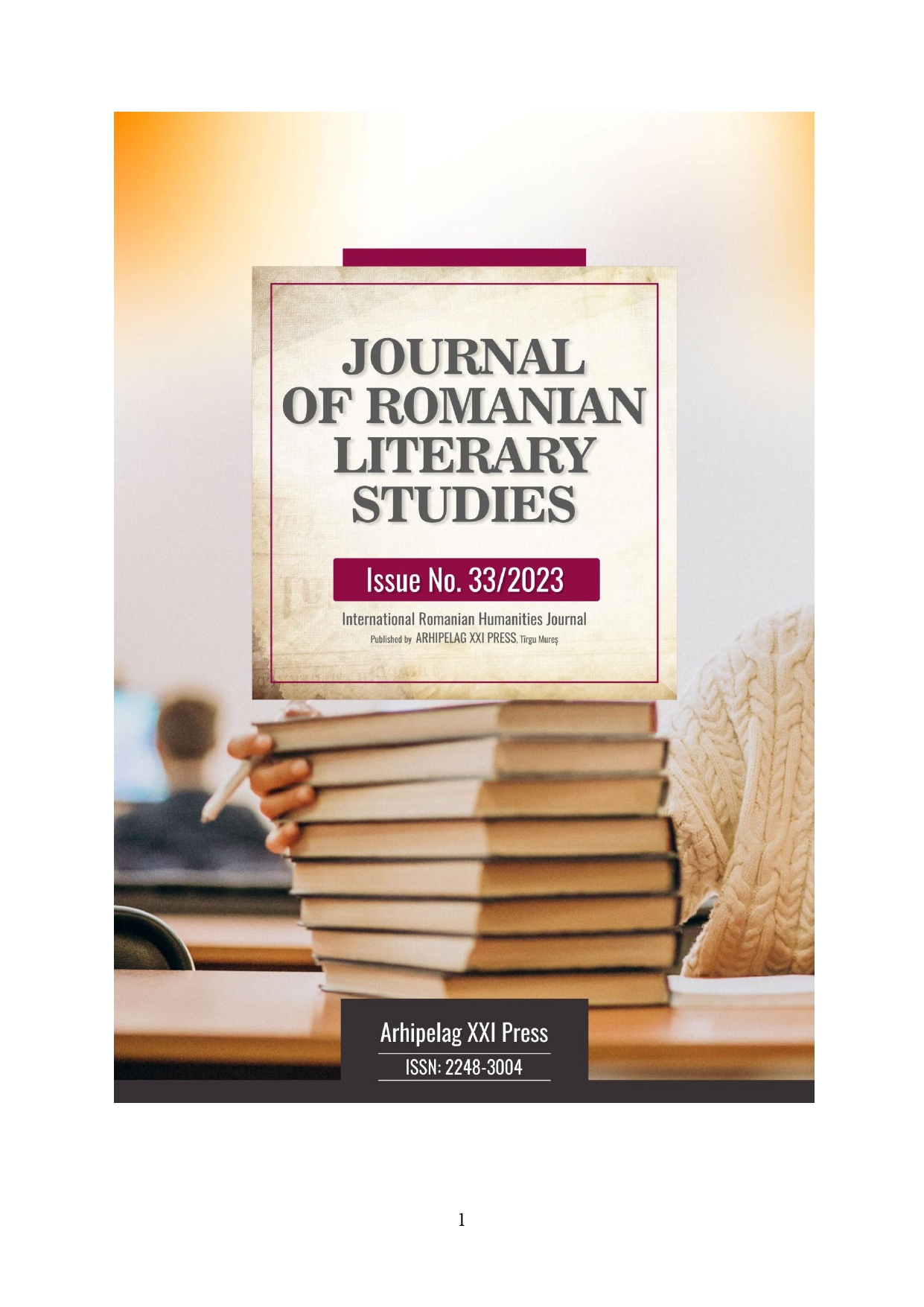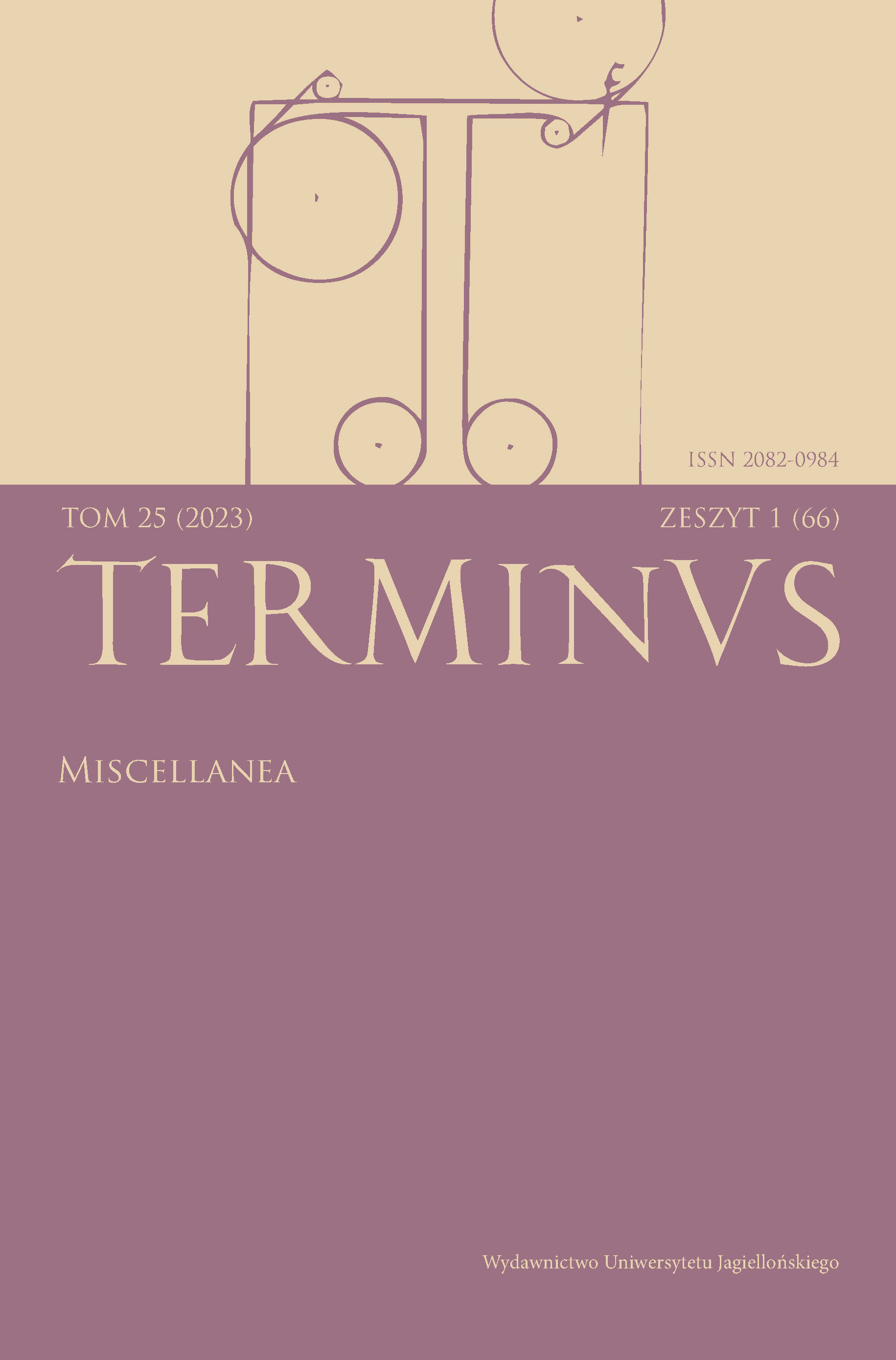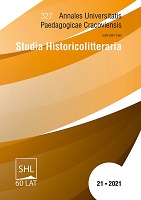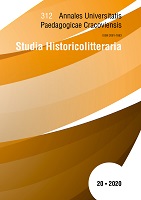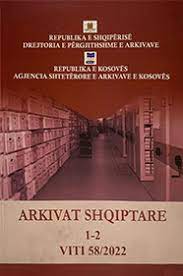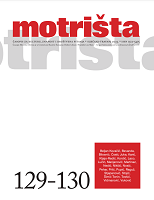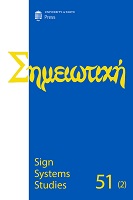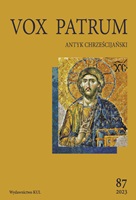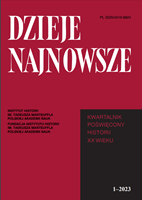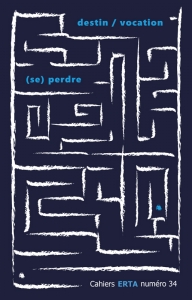
La Pologne, son destin et sa vocation particulière aux yeux des écrivains français du XIXe siècle
The author of the paper propounds a hollistic outlook on how French writers of the 19th century perceived the fate of Poland in the most dramatic moment of its history, when it was fighting a fierce, and almost hopeless battle for its independence, having disappeared from the map of Europe. In textes of many poets, publicists and men of letters in France one can find a unique set of motifs that not only reveal a highly consistent way of thinking with respect to the situation Poland was in at the time, but also build a parallel vision of its future, and even hold a belief that Poland was to play a special role among European countries. In this paper the author identifies and discusses six such motifs.
More...
